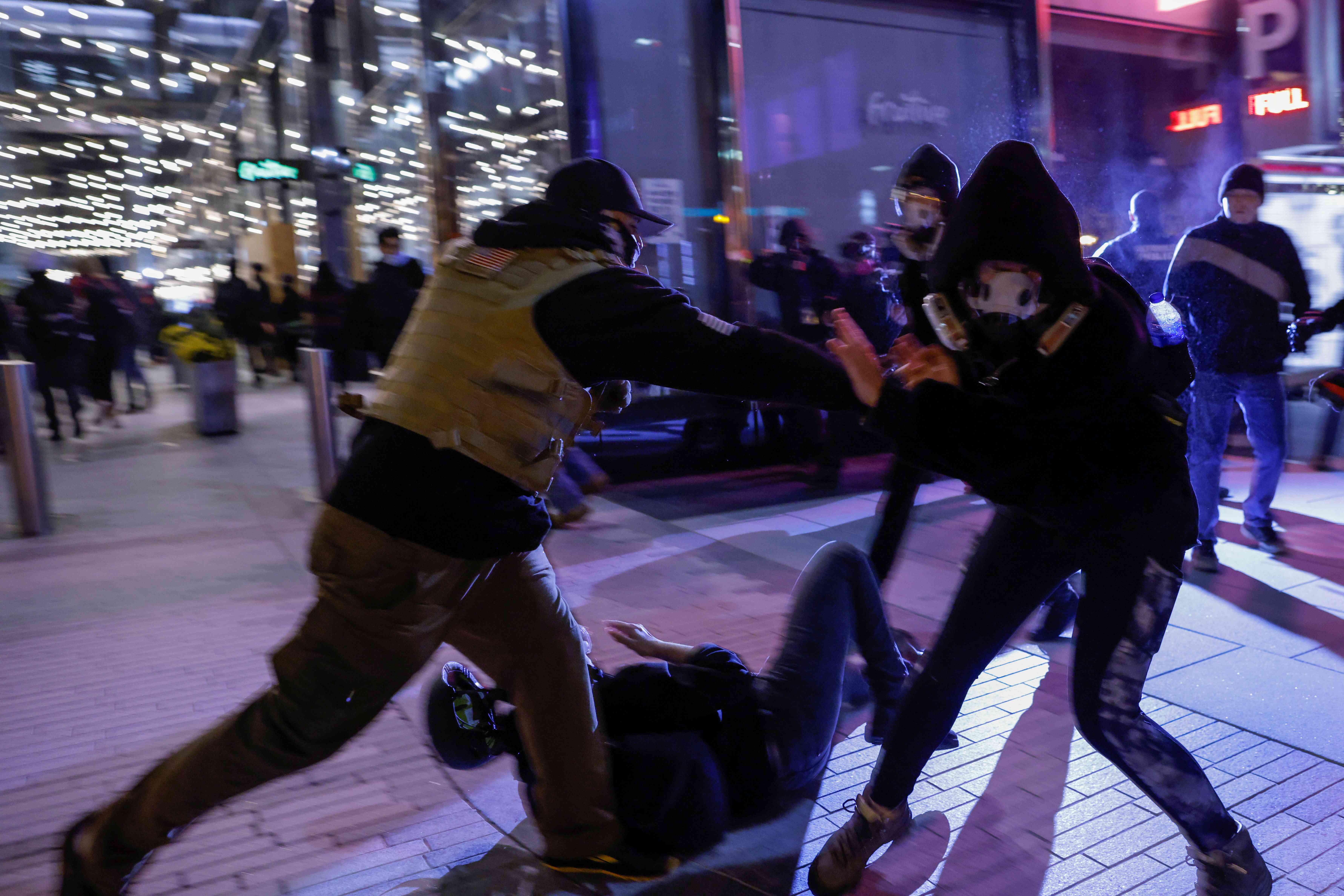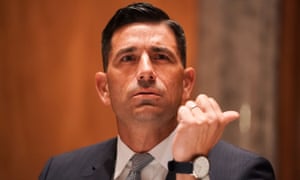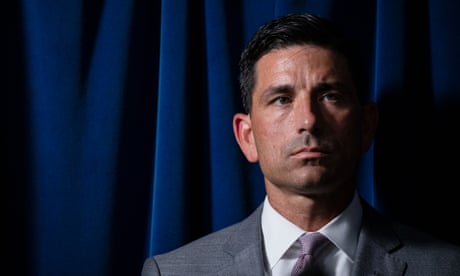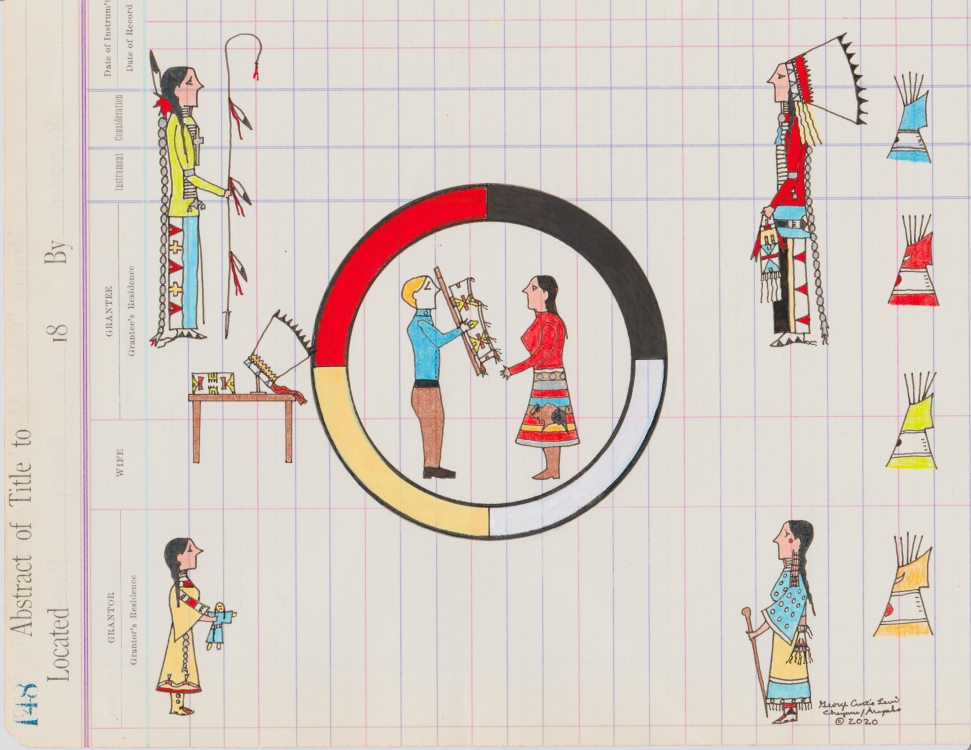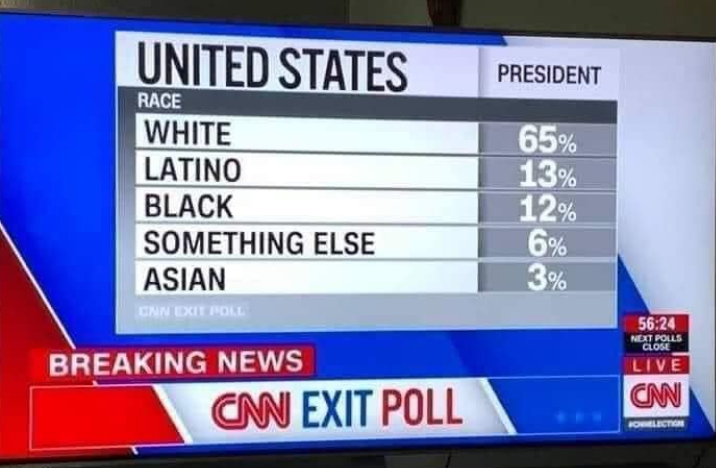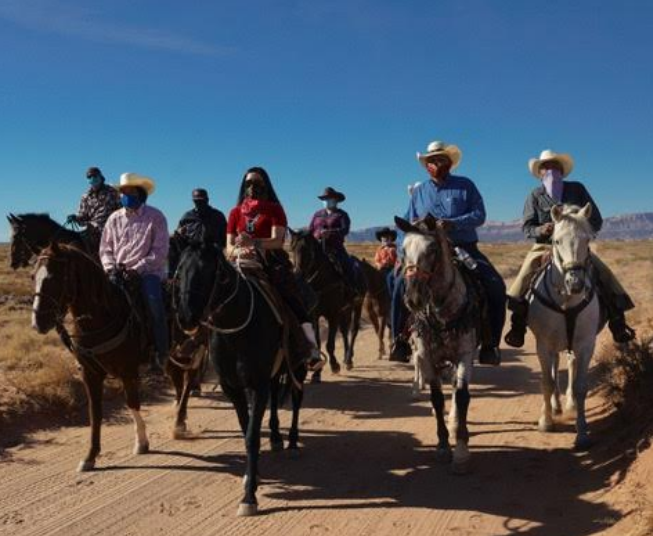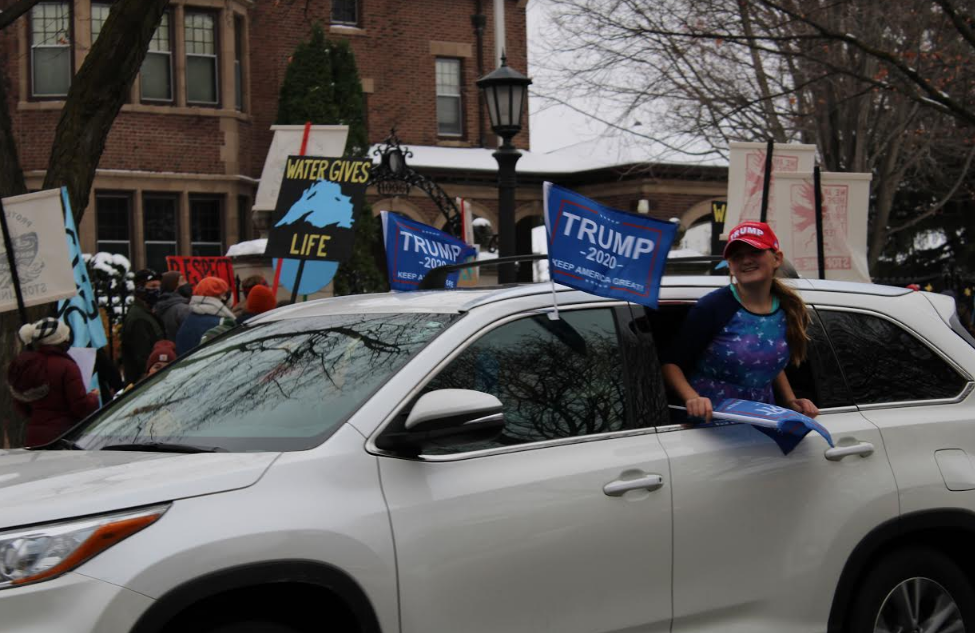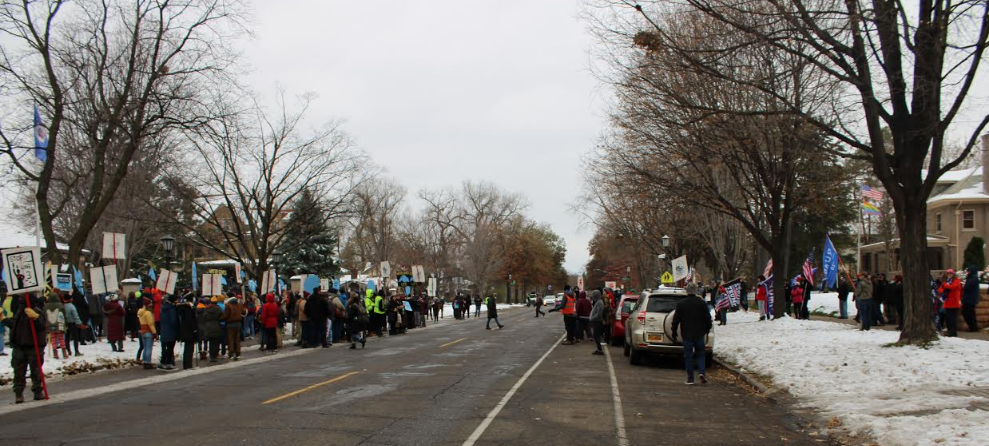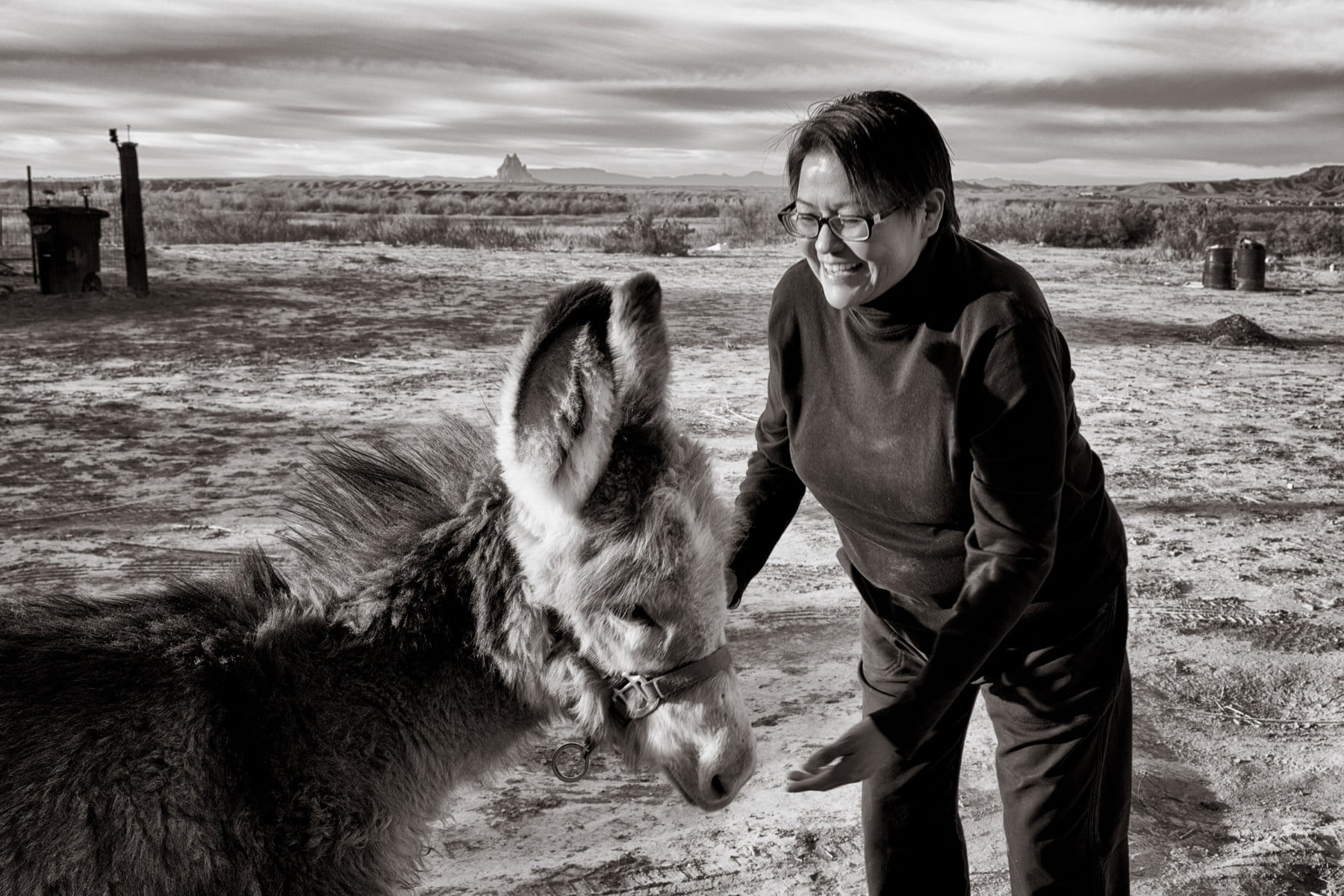AUSSIES GOT 'TUDE
Australian news reporter gets attacked by aggressive magpie before going live on-air
The black and white Australian magpies have been known to attack people who come close to their nesting grounds around the suburban areas
Channel Nine news reporter Brett McLeod was attacked by a magpie on Monday just as he was about to deliver his live bulletin. The Nine Network reporter was preparing to go on air outside Victoria's Parliament House when an aggressive magpie swooped at his face.
Despite the tussle with the much-despised Australian bird, McLeod quickly regained his composure and delivered his piece.
This is not the first time new reporters from the same channel have been attacked by a magpie. In 2018, reporter Mark Santomartino was attacked in Melbourne park and was left with blood dripping down his face. Another reporter, Josh Bristow, had to run away after a bird aimed at his ear.
The black and white Australian magpies have been known to attack people who come close to their nesting grounds around the suburban areas. Some even say they like to steal glittery treasures. However, they are not related and are different from magpies found in Europe.
This is what Australians call the "swooping season" which is usually around springtime when magpie fledglings hatch. Australians are given warnings every year as soon as magpie swooping season has arrived. They have a dedicated website that features tracking locations and incidents of swooping attacks.
To avoid such attacks, locals are urged to wear sunglasses when stepping out. People have learned to adapt to the swooping season by wearing protective headgear or having an umbrella at hand while hanging around parks and other open spaces to protect themselves from unprovoked attacks.


